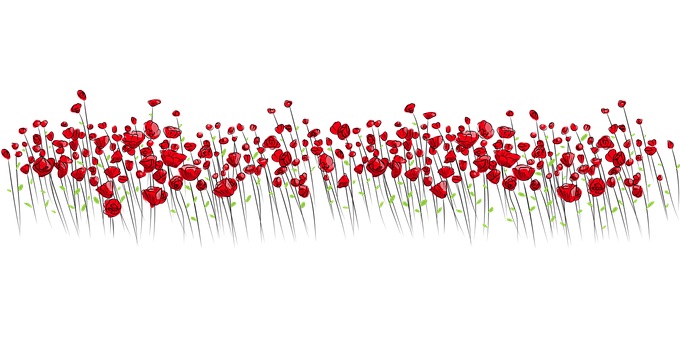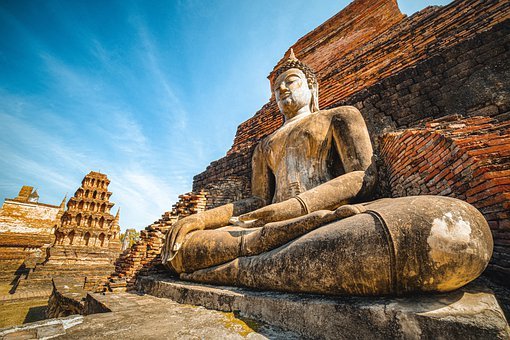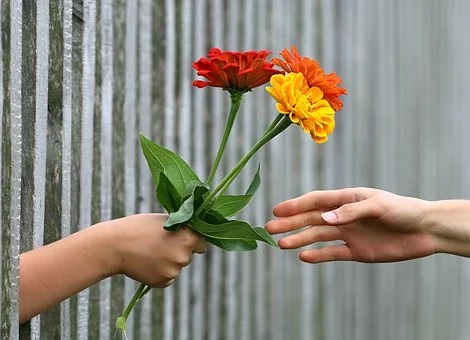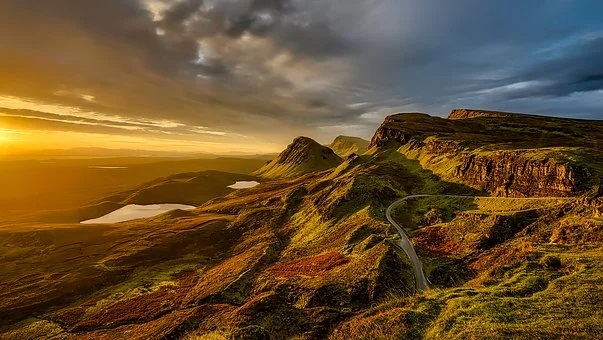No Buddhist, not even the followers of Theravada, will refute this theory. However, if one were to say to them indiscreetly that defilement and wisdom, sentient beings and buddha are one and the same, the great majority would be extremely puzzled—if afflictions were the same as wisdom, why should one obliterate greed or hatred when it arises? If sentient beings were buddhas, by extension, sentient beings in the hell realm would be buddhas as well. How could buddhas end up in the hell realm? If samsara were no different from nirvana, it would render the ultimate liberation that we strive to attain meaningless. Many questions of this kind would be raised since the concepts are profound and difficult to understand. But this is not the worst consequence. People in general have a lot of pride and tend to flatly reject different ideas that challenge their own. By voicing refutation of a valid Buddhist view, one runs the risk of producing negative karma of speech and unwittingly adopting a wrong view at the same time.
Therefore, in order to protect those with a propensity to follow the Buddhist sutric system or those who reject Buddhism entirely, Vajrayana cannot but take measures to prevent them from hearing some of its more advanced viewpoints prematurely. The intention is to guide them gradually to higher levels of understanding once they have the necessary capacity.
~Depicted from GATEWAY TO VAJRAYANA PATH - A Compendium of the Vajrayana











